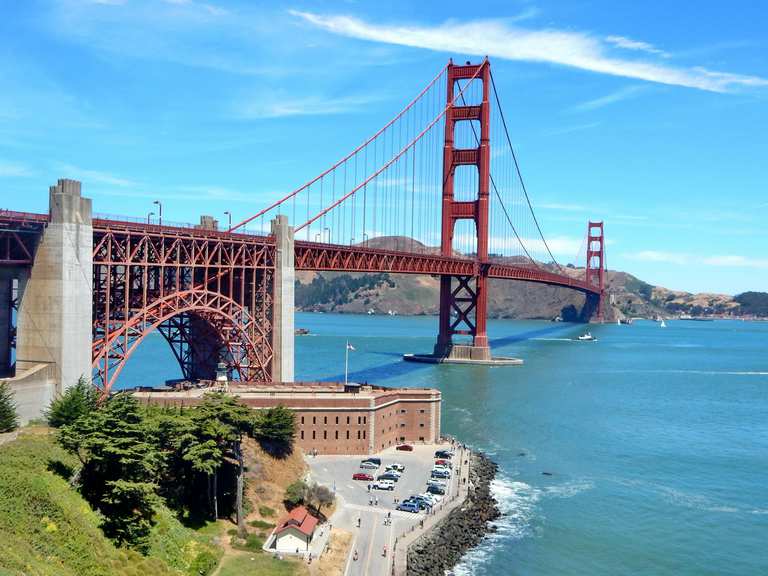David Dixon on “The American Civil War: A Radical, International Revolution”
Radical Warrior: August Willich’s Journey from German Revolutionary to Union General (University of Tennessee Press 2020) is the biography of a Prussian army officer who renounced his nobility and joined in the failed European revolutions of 1848. He emigrated to America, edited a daily labor newspaper in Cincinnati, and became one of the most accomplished generals in the Union Army. This story sheds new light on the contributions of 200,000 German-Americans who fought for the Union in the Civil War.
In an age of global social, economic, and political upheaval, transatlantic radicals helped affect America’s second great revolution. For many recent immigrants, the nature and implications of that revolution turned not on Lincoln’s conservative goal of maintaining the national Union, but on issues of social justice, including slavery, free labor, and popular self-government. The Civil War was not simply a war to end sectional divides, but to restore the soul of the nation, revive the hopes of democrats worldwide, and defend human rights.
David Dixon earned his M.A. in history from the University of Massachusetts in 2003. His first book, The Lost Gettysburg Address, told the unusual life story of Texas slaveholder Charles Anderson, whose speech followed Lincoln’s at Gettysburg, but was never published. It turned up 140 years later in a cardboard box in Wyoming.
David spoke at Gettysburg National Military Park’s Sacred Trust Talks, appeared on Civil War Talk Radio and has presented to more than sixty Civil War Round Tables from coast to coast. He hosts B-List History, a website that features obscure characters and their compelling stories at www.davidtdixon.com.
David’s current book, published by the University of Tennessee Press, is the biography of German revolutionary and Union General August Willich. His current project is a biography that highlights the role of emotions in Southern allegiance in the Civil War.
Meeting Minutes January 2021



